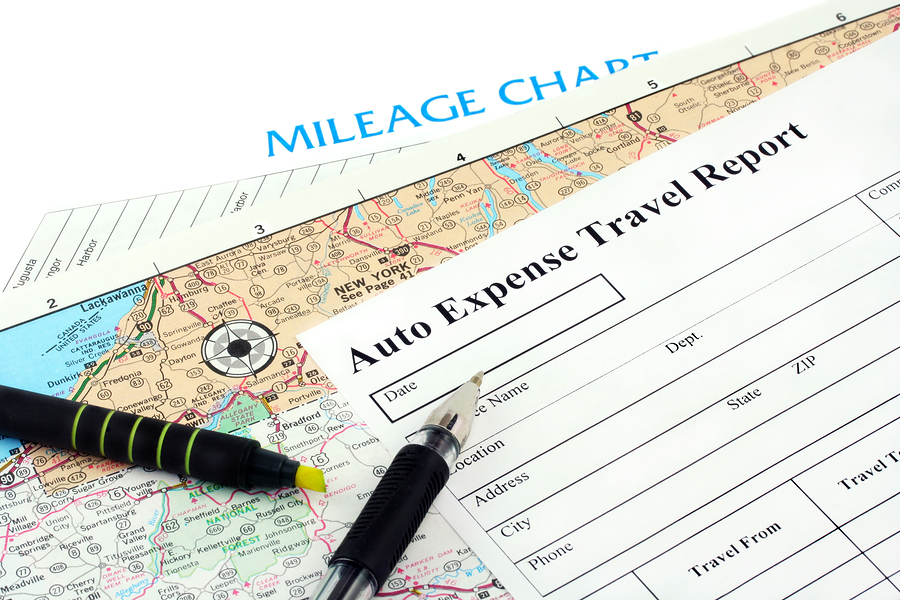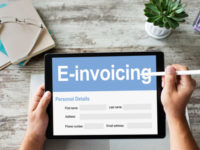People are increasingly using their own vehicle for work purposes. However, this can create an extra challenge with managing personal vehicle expenses and self-reported mileage numbers. Managers need to implement strong mileage reporting policies and systems that employees can use quickly and easily to accurately input mileage data.
Calculating mileage doesn’t have to be painful. Technology can help employees evaluate mileage automatically at the end of every trip by using the GPS tracker built into mobile devices. This can eliminate self-reported mileage claims, and help both organisations and employees gain control over personal vehicle expenses. This means employees don’t need to count kilometres, map out distances, or record times. Improved mileage reporting can significantly benefit finance teams by ending unreliable distance calculations and providing more accurate information for tax purposes, compliance, and audit readiness.
There are three best practices organisations can do to get ahead on personal mileage reporting:
1. Update reporting policies
It’s important managers define their company’s personal mileage policy in a clear and accessible expense policy. Frequent road travellers often find submitting expenses to be frustrating and complicated. Strong and effective mileage policies need to be easily accessible, so employees can get the knowledge they need to comply.
2. Let technology support accuracy
Managers need to place reporting power in their employees’ hands and foster a culture of accountability and trust within their organisation. Managers can help boost accuracy and motivate honesty by implementing the right solutions.
Technological support is likely to promote a more positive culture of mileage reporting and expense claims. Employees using automated GPS solutions that track driven miles, for example, will be far more inclined to honestly report their mileage data than employees calculating their distances from a map.
3. Make it mobile
Automatic mileage tracking solutions should be easily transportable and useable at all times and places. Employees who can track their distances using the GPS function on their personal devices have a major advantage. Tracking and mileage reporting technology on a smartphone lets employees monitor their distances at any time and from any place.
Organisations need to realise the immense benefits revolutionised mileage reporting technologies and practices can bring. Quality tracking technology and mileage reporting solutions can offer employees the simplicity they need to lodge accurate mileage expense claims, relieving you from having to following up employees when number don’t add up, and saving you money. Most importantly, frustrating and fiddly expense claims won’t get in the way of employees doing their best work.
Matt Goss, Managing Director ANZ, SAP Concur















